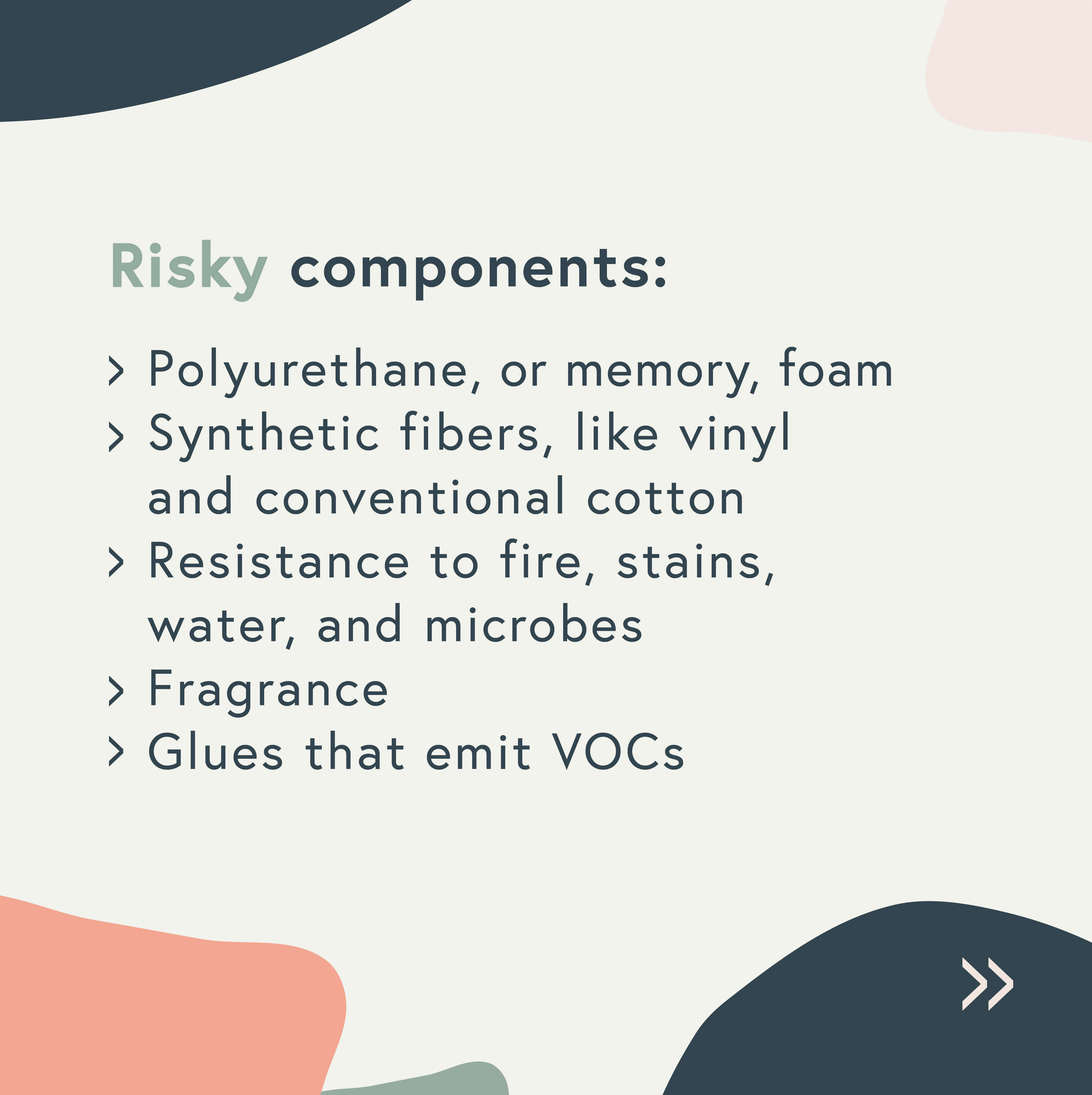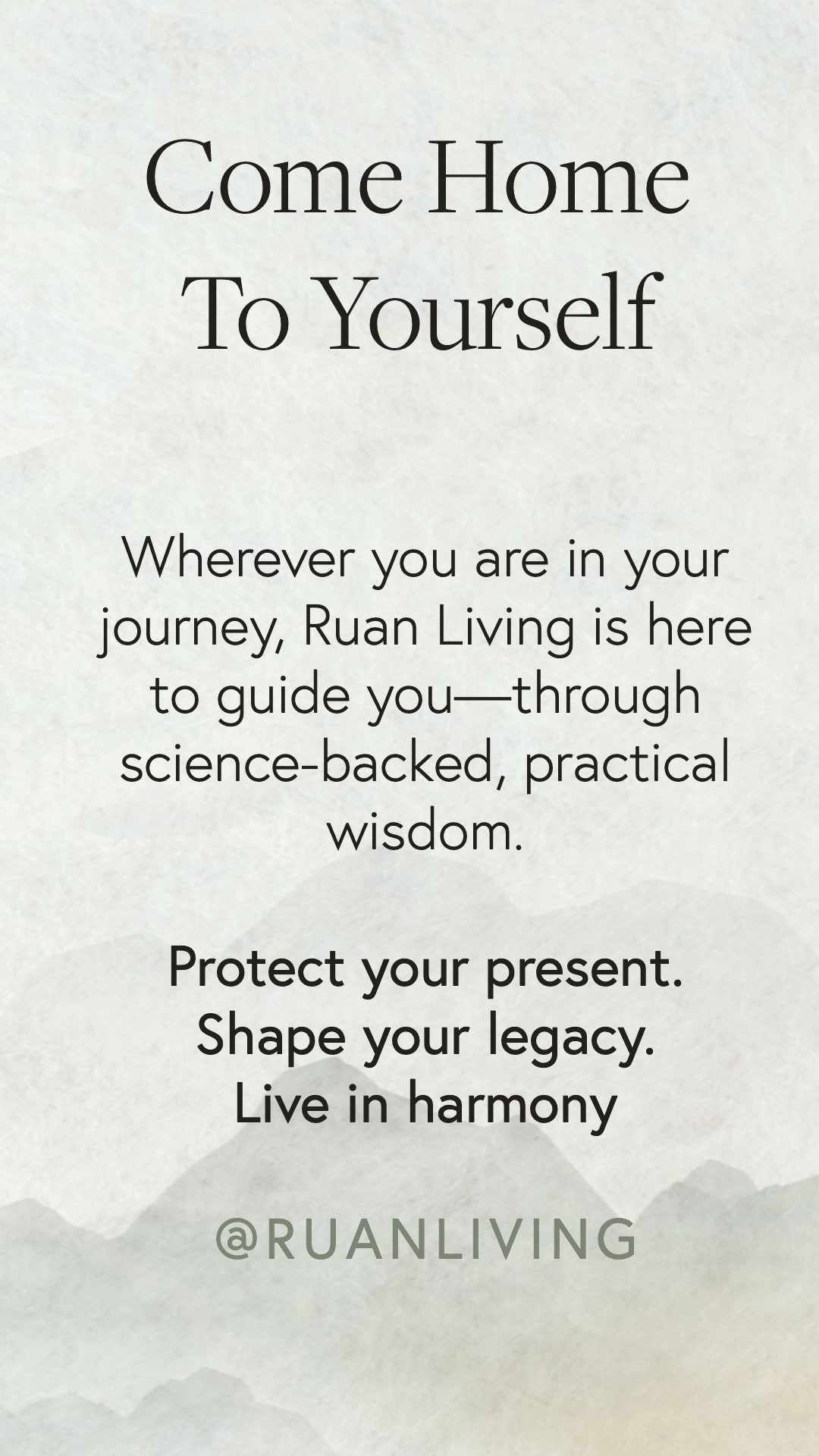
🎧 NEW PODCAST: Master Organic Mattresses & Sustainable Interior Design for an Eco-friendly Home
Dec 08, 2020Podcast producer: Chris Robertson
by Sophia Ruan Gushée
If you're interested in any of the below, then this podcast will provide insight into a strategic approach to help you achieve:
- healthier indoor air quality
- sustainable interior design
- a more eco-friendly and healthier home
- reduced exposures to toxic (or risky) chemicals and heavy metals
In this episode, I share my conversation with Barry A. Cik, Founder / Technical Director / CEO of Naturepedic, an industry-leading manufacturer of award-winning certified organic mattresses.
Even if you're not shopping for a new mattress, this podcast is still relevant because it can help you optimize your indoor air quality as you furnish, redecorate, and de-clutter your home. That's because this podcast builds an informational framework from which to understand the toxic chemicals and heavy metals from not just mattresses, but also:
- sofas
- chairs (including dining chair and high chairs)
- carpets and rugs
- paints
- wallpapers
- window treatments
- and a surprising amount of many more household items
And that's because the components of a mattress are also components of most things that furnish our homes and create our consumer products.
Barry Cik, Founder of Naturepedic
So, back to my podcast guest, Barry A. Cik, and why he started Naturepedic with his two sons in 2003.
In anticipation of his first grandchild, Barry went searching for a suitable crib mattress. As a board-certified environmental engineer with a lifelong interest in preserving the environment, he found all of the crib mattress offerings on the market to be completely unacceptable. He was surprised to learn that most bedding manufacturers at that time used harmful chemicals and materials. For example, he has said:
I knew all about vinyl/PVC, polyurethane foam, and the various chemicals contained in them, and there was no way I was going to put my grandchild to sleep within a few inches of these chemicals.
From that moment, Barry, with his two sons, were determined to leverage Barry's background in environmental engineering to create mattress products that were safer and healthier for every child.
Naturepedic
Naturepedic created the first and only organic crib mattress designed with a patented food-grade waterproof surface made from non-GMO sugarcane.
Since then, Naturepedic has led the industry by introducing organic mattresses designed for kids as well as luxury organic mattresses for adults. As you'll learn in this podcast, Naturepedic offers the most nontoxic mattresses that Naturepedic can create for different price points.
Today, Naturepedic has a large and growing network of retail outlets across the world and has launched many new products to meet the growing demand for high-quality, non-toxic mattresses and bedding.
Naturepedic, a leading manufacturer of practical, award-winning certifiied organic mattresses, has been recognized by the organizations below for its efforts in using healthier materials, sustainable business practices, and focusing on renewable energy and resources:
- Environmental Working Group
- The Ecology Center American Sustainable Business Council
- AllergyKids Foundation
- Healthy Child Healthy World Partner
- Kids for Saving Earth
***
Barry continues to work hard both for the parents that depend on Naturepedic’s No-Compromise approach to safer sleep and for the generations that will inherit the sustainability movement. He believes in a healthier world without harmful chemicals, environmental toxins, or destructive business practices.
Barry has testified in Washington, D.C. as part of a congressional subcommittee exploring chemical reform and is invited frequently to speak before scientific, consumer, political, and business audiences on the benefits of sustainable product design.
Common Sources of Toxic Exposures in Mattresses and Home Furnishings
Before we get started, I'd like to set the stage for what you'll hear in this podcast so that you can follow our conversation and remember key things more easily. And please remember that you can watch this conversation in the video below. You can then see some of the materials as Barry and I recorded this conversation in May. 2019 at Naturepedic's Manhattan store, which is why you'll hear some background noise, like NYC traffic and even my assistant who helped record the video.
But, generally, what you'll hear in this podcast are four main materials that can pollute our homes and bodies:
- Conventional cushioning material. Polyurethane foam, which is often used as support and cushioning material.
- Synthetic fabrics that are petroleum-based (such as vinyl and polyester).
- Glues to adhere materials together.
- Chemicals used to provide us with great value but can also pose health risks. Specifically, if you see on product labels that the mattress is: flame resistant, waterproof, antibacterial, antimicrobial, or even if you see that it is scented, then interpret that as something you should investigate further. Often, those characteristics are created from toxic or risky chemicals.
- You'll hear Barry mention perfluorinated chemicals, which are used in many household products including mattresses. This term refers to a family of chemicals that are sometimes referred to as PFCs. Some PFCs (which are also referred to as PFAS) have been proven to be highly toxic and so persistent that they are expected to remain on our planet for centuries, which means they will inevitably be part of our drinking water and food supply.
"

Healthier Materials of Our Mattresses and Home Furnishings
Five main healthier alternatives include:
- Healthier cushioning: 100% organic natural rubber latex. You can also have innerspring that is supported by organic wool and cotton stuffing.
- Natural fibers: Organic wool (naturally flame resistant and water-resistant), cotton, latex
- No added chemicals
- Low-VOC certifications for various things, including glues
- and even healthier plastics like food-grade polyethylene and polypropylene
Wood is another important component to learn about, but Barry and I don't talk about wood in this podcast.

These mattress components show up in your home in endless ways. So they are worth learning more about and noticing them in your home.
Helpful Certifications
In our conversation, you'll hear Barry use the terms "GreenGuard" and "GOTS." GOTS stands for Global Organic Textile Standard. These are reassuring certifications to see on product labels. For example, to receive GOTS certification, the mattress cannot be made of polyurethane foam or contain a number of hazardous chemicals.
Look for the Global Organic Latex Standard, or GOLS certification for organic latex.

Resources
Please remember three additional resources to help you understand mattresses and home furnishings better:
- A to Z of D-Toxing: The Ultimate Guide to Reducing Our Toxic Exposures (available worldwide on your country's Amazon page)
- D-Tox Academy: This online program offers a ton of value for $25/month. Monthly membership gives you access to many key pillars like: Detox 101, Home Detox, EMF Detox, an online forum for Q&A, and more. Click here to learn more: D-Tox Academy Membership.
- Email newsletter to stay effortlessly connected to more great info. Subscribe at the bottom of this page!
Podcast Show Notes
[11:39] Background on the chemicals used in for consumer and industrial products.
- Some chemicals are fine, some are not. It's hard to know which ones are safe.
- There is relatively little government regulation in the US, so chemicals that create our household products are also relatively unregulated.
- Low doses of toxic exposures can create meaningful effects.
- Diseases are a result of both genetic and non-genetic factors.
[17.25] Most things in our homes are made of petroleum, which is highly flammable.
- Chemical flame retardants are used to deter fires.
- Memory foam.
[21:58] Soy-based and eco-friendly mattresses. How "green" and safe are they?
[24:06] Organic cotton.
[25:25] Pure organic wool.
- What about those with wool allergies?
[26:35] Organic latex.
[27:32] Encased coils.
- No glue is used.
[28:30] Polypropylene, which is a safer plastic and GOTS-approved.
[33:54] Chemical flame retardants.
- They are in many household products.
- Have been detected in our blood.
[34:24] Vinyl.
[34:40] Antimicrobial: Good or bad?
[37:36] Naturepedic creates the healthiest bedding offerings they can for different price points.
- It offers a range of purity, comfort/luxury for different budgets.
- Naturepedic mattresses are designed to be customizable, practical, and adjustable.
[42:38] How important is it to flip your mattress?
[42:38] Do latex mattresses inhibit bed bugs?
[43:18] How environmentally-friendly is latex?
[45:42] The comfort of healthier materials?
[47:49] Waterproofing: Conventional versus healthier approaches.
[50:34] Crib mattresses.
[51:15] Polyethylene.
[52:16] Kapok and pillows.
Related Content
- This podcast builds upon (or expands from): "How to Select the "Cleanest" Organic Mattress for Your Budget," which links to third-party reports on toxic exposures from mattresses.
- "The air purifier I use for my family" and a 10% discount code: SOPHIA102024 at checkout here
🎁 unlock your ULTIMATE HOME DETOX™ starter pack
Download the Ultimate Home Detox™ Starter Pack—your free set of practical, science-backed tools to begin reducing toxic exposures in your everyday life.
- Nontoxic Cleaning Guide
- Forever Chemicals Detox Starter
- EMF Detox Challenge
- Safe Cookware Starter Kit
- Kitchen Detox Checklist
- Fertility / Pregnancy / Children's Detox
Join 349,000+ people who’ve turned to Ruan Living for trusted, practical nontoxic guidance. These resources have helped thousands begin their journey toward a healthier home—and they’re yours, free.
GET YOUR ULTIMATE HOME DETOX™ STARTER PACK NOWWe hate SPAM. We will never sell your information, for any reason.



